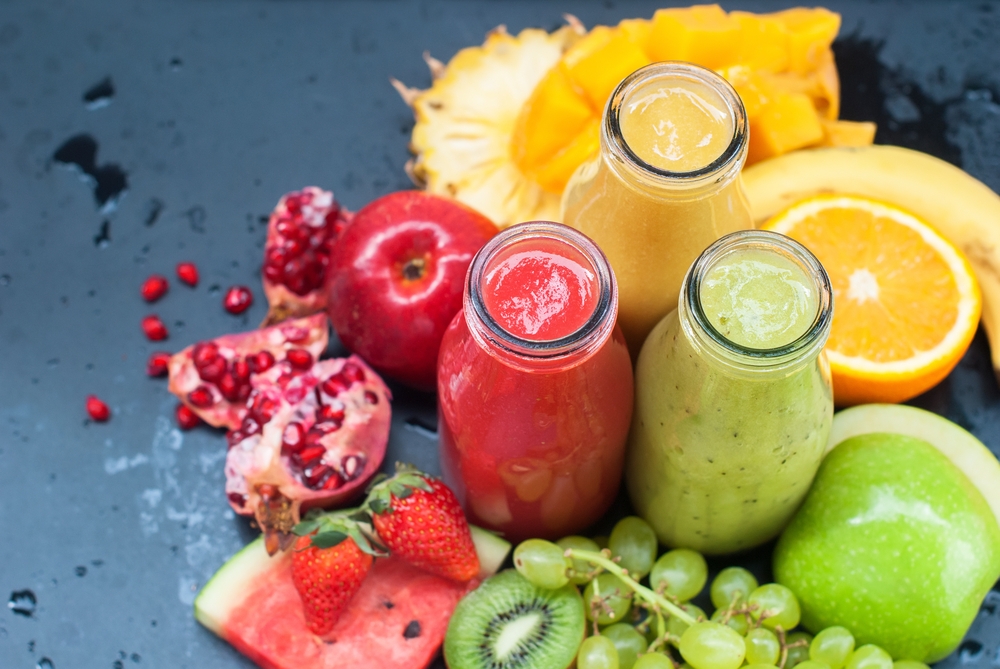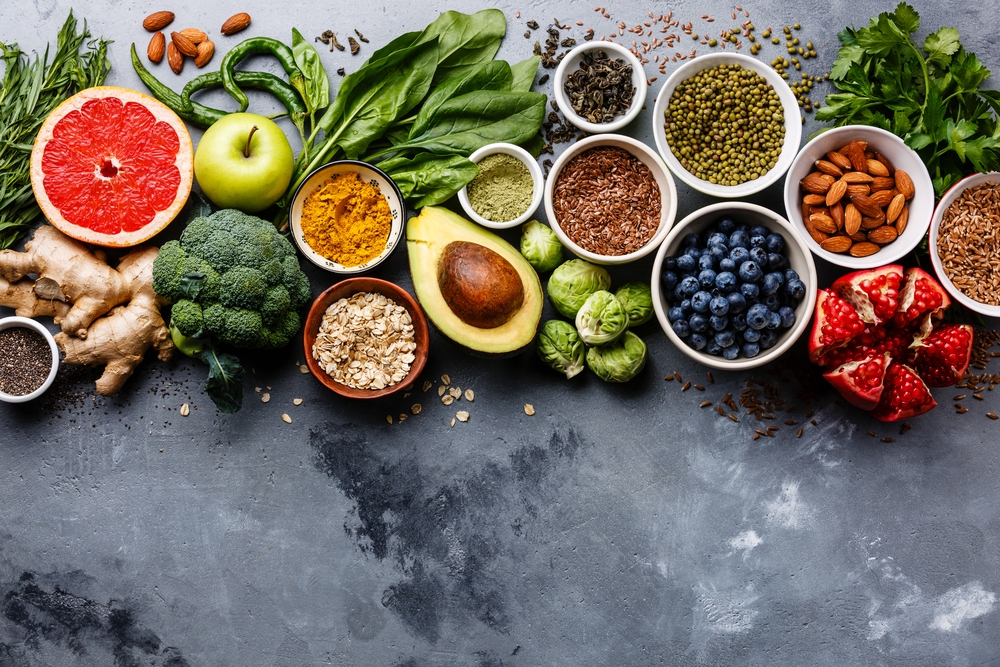
When it comes to muscle-building diet, what food immediately comes to mind? All kinds of meat, eggs, dairy products, protein powder… In fact, as long as you eat it right, even if you don’t eat meat and milk, you can also practice muscles.
Vegetarianism = malnutrition?
Whether you will suffer from malnutrition depends mainly on how you eat, not whether you eat vegetarian food.
Normal people who eat meat are skinny, while vegetarian monks are overweight. In fact, there is no difference between the two diets in terms of carbohydrates. In terms of fat, vegetarians will have a relatively higher intake of unsaturated fat and are relatively healthier.
In terms of protein, the possible problems of vegetarians are more prominent:
- Vegetarianism is prone to insufficient protein weight: the protein content of vegetarian optional foods is generally not high; The absorption rate of plant proteins is relatively low: many plant proteins have incomplete amino acid types and poor absorption rate, so they are generally not the first choice for muscle enhancement.
However, although the absorption rate of protein from plants is poor, it is not scientific enough to define plant protein as [inferior protein].
In order to comprehensively judge the quality of a certain protein, there are at least three indicators: amino acid integrity, total protein content and amino acid absorption rate.
Indicator 1: Amino acid integrity
According to the definition of the American Agricultural Society (USDA), whether a certain food is [complete] depends on the type and content of essential amino acids in it. If the human body cannot obtain comprehensive essential amino acids, this food is considered [inferior].
NutritionData, a nutrition database, also gives a list of protein levels in common foods. The higher the score, the more comprehensive the amino acids.
The limit is 100, and those above 100 are all [complete] protein sources.
- Pumpkin seeds 136, kiya seeds 115, pistachios 109, cashew nuts 100 avocado 129, persimmon 110, kiwi fruit 105 turnip 128, spinach 119, asparagus 93 soybean 118, black bean 116 animal protein (average score of beef, milk and eggs) 114 potato 112, chestnut 107, quinoa 106 kidney bean 103, pea 102
It can be seen that the performance of beans and nuts is very outstanding, some even better than animal protein.
Indicator 2: Total Protein Content
There is also a simple table in [grams of protein/100g of food].
- 75-80 part of protein powder (soybean, whey and egg), 20-50 parts of mutton (cooked), 17-40 parts of beef (cooked), 7-41 parts of cheese, 3-4 parts of milk, 23-28 parts of peanuts, 16 parts of chia seed, 19-24 parts of meat (cooked), 11-13 parts of beans (dried), 8 parts of bean curd, 5-8 parts of beans (boiled), 14 parts of whole eggs (cooked), 7 parts of bread and 7 parts of vegetables (boiled), 0-3 parts of vegetables (boiled)
As mentioned earlier, the protein content of animal foods is much higher than that of plant foods. (But also pay attention to the difference in water content)

Indicator 3: Protein Absorption Rate
Generally, [biological value] is taken as the index and 100 is taken as the full score. The higher the score, the higher the protein absorption rate.
- Whey protein 96 egg (whole egg) 94, egg (protein) 88 milk 90, cheese 84, yogurt 68 quinoa 83, rice 83, whole wheat flour 64 chicken 79, fish 76, beef 74 soybean (fresh) 72, tofu 64, soybean (dried) 58
The absorption rate of vegetable protein is generally lower than that of eggs, milk and meat. This is also the main reason why soybean protein is not recommended for exercisers.
How to eat vegetable protein?
So, although vegetable protein has a comprehensive variety of amino acids, its general absorption rate is not high and its content is not high. How should it be eaten?
Two words: eat more.
- For non-special fitness groups, the World Health Organization (WHO) recommends eating not less than 0.8 g protein/kg body weight per day. Non-vegetarian fitness population, according to the training intensity, can be increased to 1.2 ~ 1.8; Vegetarian fitness population, although there is no credible research to give a conclusion at present, it is generally between 1.3 and 2.0.
At this time, another significant advantage of vegetable protein is reflected: vegetarian diet is not easy to overload fat (especially saturated fat).
Eat more vegetable protein food appropriately. Take tofu (tender tofu, low fat) as an example. While eating enough protein, you eat about 15-20 g of fat, which is not high at all. Moreover, a few of them are saturated fat, and there are 10-50 g of carbohydrates with low glycemic index (depending on the production process of tofu), which is a very ideal choice.
In addition to bean products, excellent sources of vegetable protein include:
-
Nuts and nut products: including peanut butter, almond sauce, sesame paste, etc. The only thing to note is that the fat content is relatively high, so don’t eat more, 10 grams a day is about the same.
-
Whole grain: Try to choose brown rice (purple rice, red rice, yellow rice and millet), which not only has lower GI and higher protein content, but also is rich in cellulose, minerals and B vitamins.
-
Quinoa, oats and other wheat coarse grains: please choose coarse oats instead of instant products; Quinoa tastes very suitable for making salads, but the domestic price is relatively high, while oats are much more popular.
-
Fungi and algae: kelp, tremella, black fungus, mushroom, mushroom, various fungi, it is recommended to eat 100g fresh weight every day.
